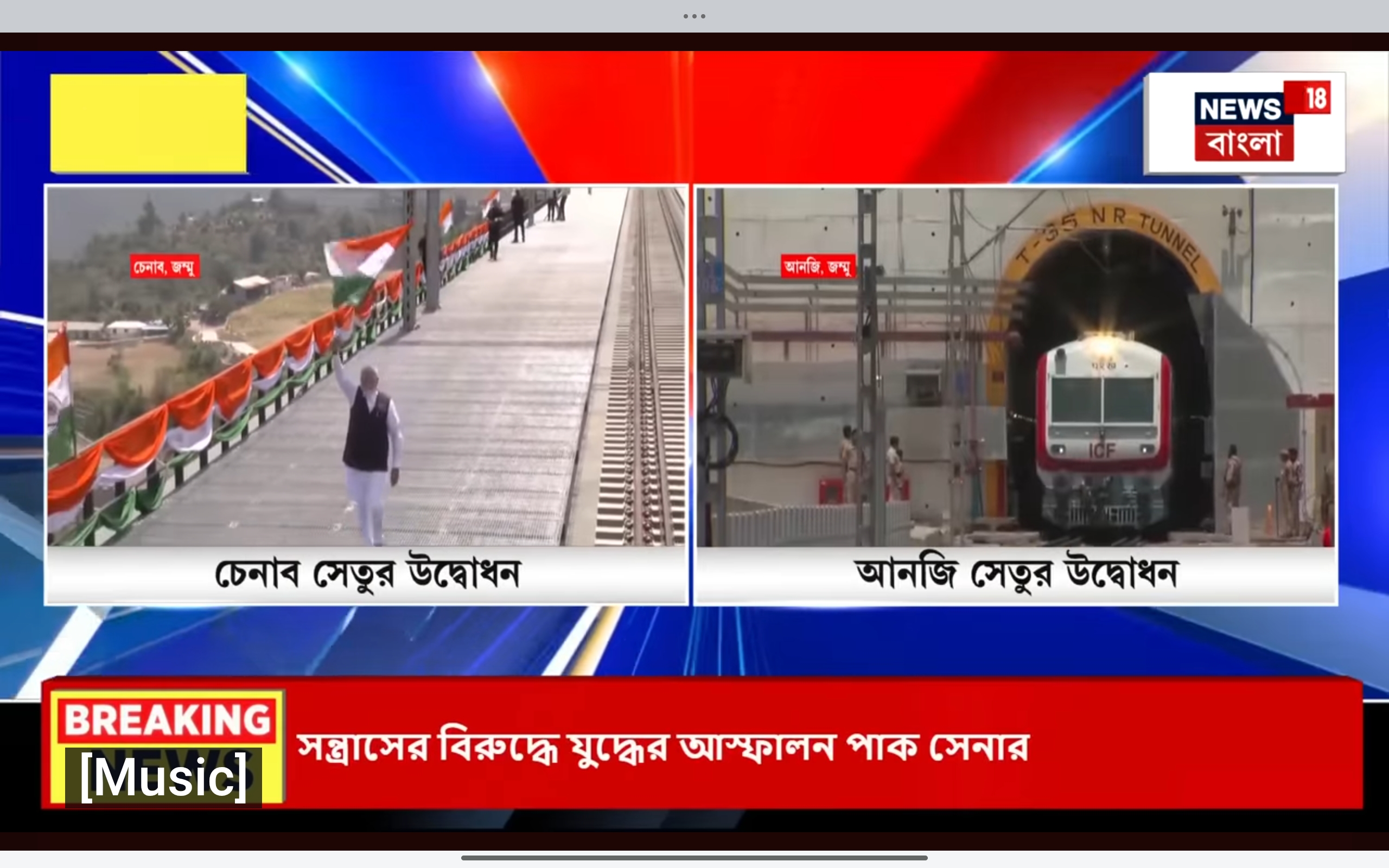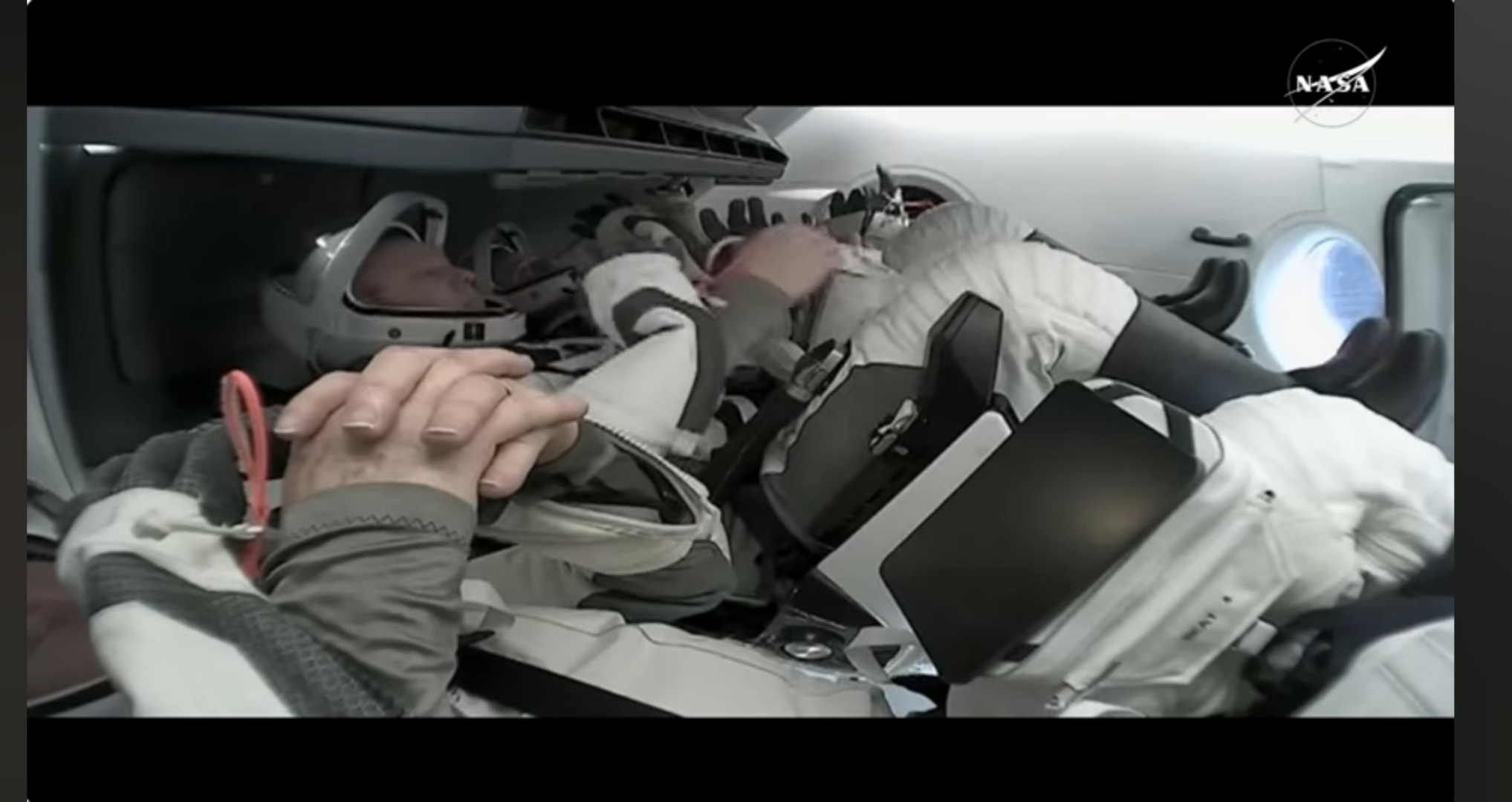Voting, Staking, and IBC: How to Participate in Terra and Juno Without Getting Burned

- আপডেট সময় : ১১:০৭:২৬ পূর্বাহ্ন, শুক্রবার, ২৪ অক্টোবর ২০২৫ ২ বার পঠিত

Whoa, this is messy. The Terra saga left a scar across crypto. For many of us in Cosmos, governance suddenly felt very real and very risky. My instinct said walk slow; for others it felt like the only way forward was to jump back in. Initially I thought governance was mostly paperwork, but then I watched a contentious proposal change a chain overnight and realized it’s anything but academic.
Seriously? Yes. Voting matters. The outcomes shift protocol economics and sometimes validator incentives. On Juno and the Terra chains, stakers hold the keys to those changes. I’m biased toward on-chain voting because it forces accountability, though actually, wait—there are trade-offs when voter turnout is low and whales dominate.
Here’s the thing. You need a secure wallet. You need a workflow that lets you stake, move funds via IBC, and cast votes without exposing your seed. I use a mix of hardware + browser extension for daily operations. Something felt off about keeping large balances in extensions only, so I split responsibilities between a cold stash and a warm wallet.
![]()
Practical setup: keplr wallet extension and accounts
Okay, so check this out—start with the keplr wallet extension as your everyday signer. It’s widely used across Cosmos chains and integrates with many governance UIs, making votes and IBC transfers smoother. Add your Ledger for high-value keys if you can, and keep a separate hot account for small, frequent actions. Do a tiny test transfer first to confirm network fees, chain ID, and memo formats, because those little details bite new users. I’m not 100% sure every app supports Ledger with every chain, so test compatibility before moving lots of tokens.
Whoa, test everything first. Confirm chain settings manually. Make sure you connect to the right network name and RPC if prompted. On Terra-related chains, history made misconfigurations cost people dearly, though actually most mistakes are user-catchable if you take a breath and look. Keep a simple checklist: seed safety, Ledger check, small transfer, verify validator address.
Hmm… delegation is straightforward conceptually. Delegate to a trusted validator. Voting power follows staked tokens, not wallet balance. If you delegate, remember your stake is locked for an unbonding period when you undelegate. On Juno that period is typically 21 days (it varies by chain), so don’t expect instant liquidity after undelegation—plan around governance timelines if you want to vote with those tokens.
Whoa, governance mechanics are familiar across Cosmos chains. Proposals require deposits to enter voting. There are voting options: Yes, No, NoWithVeto, and Abstain. Votes are tallied proportional to staked tokens at snapshot height, though specifics such as quorum and threshold can differ. I once missed a vote because I didn’t realize the proposal snapshot was earlier than the voting window, and that still bugs me.
Okay, here are practical governance tips. Read proposals before voting. Look at the deposit size and proposer identity. Watch discussions on forum threads and Discord chats to spot coordinated efforts or misleading claims. On Juno, proposals often involve smart contract upgrades and funding requests; on Terra, proposals may touch sensitive economic parameters, so the stakes can be high. I’m wary of last-minute governance pushes—those tend to be controversial.
Whoa, about IBC transfers. IBC is what lets you move tokens across Cosmos chains, but it’s not magic. You need correct channel IDs, sufficient fees, and sometimes an intermediary relayer is involved. Double-check the destination address and chain prefix (they’re case-sensitive). If you see a weird denom like ibc/XYZ, that’s the token after transfer; track the original denom on source chain so you can reconcile balances. My instinct said “keep logs,” and honestly that’s saved me during troubleshooting.
Seriously, monitor memos and fees. Some governance actions require memos or special message types. If you send a regular token transfer instead of a governance vote message, nothing happens (and you paid fees). There are UI pitfalls—some interfaces hide advanced options—so expand the transaction details before signing. On the technical side, proof-of-stake voting is on-chain, meaning your wallet signs a transaction that broadcasts to the chain, and Keplr signs it for you with a clear confirmation dialog.
Here’s a quick checklist for safe participation. Use hardware for large balances. Keep a hot account with minimal funds. Verify all chain and validator addresses twice. Test IBC with a small amount. Confirm the proposal snapshot time and voting period. Also, set alerts for proposals you care about; governance moves fast sometimes.
Whoa, what about governance strategy? You can vote directly or delegate governance power to validators that vote on your behalf. Delegating governance to validators can be efficient, but it cedes discretion. On one hand delegation simplifies life; though actually, if your validator misvotes or abstains, that’s on you. Some validators publish voting policies—read them if you can.
Hmm… transparency matters. I like validators that post votes publicly and explain reasoning. It’s a simple trust signal. If a validator consistently votes against community sentiment without explanation, consider moving your stake. But don’t reshuffle too frequently—slashing risk is low for governance alone, but delegation churn can be costly in fees and missed rewards.
Whoa, about slashing and risks. Slashing typically targets double-signing or prolonged downtime. Voting itself doesn’t slash you. However, participating in proposals that alter economic parameters may change token value rapidly, so financial risk exists. I’m not your financial advisor, and I admit I hold biases toward long-term community-backed projects.
Okay, a short note on tools and transparency. Use on-chain explorers to verify proposal states, deposits, and voting tallies. Join community channels for proposal context; a quick read often reveals subtle trade-offs. If you rely on third-party governance dashboards, cross-check with the chain explorer before submitting your vote. Somethin’ as simple as a timestamp mismatch can confuse things.
Common questions
How do I cast a vote with Keplr?
Open Keplr and connect to the chain’s governance UI or use the Keplr-connected dApp. Select the proposal, choose Yes/No/NoWithVeto/Abstain, and sign the transaction. Confirm the fee and message details. If you use Ledger, approve on the device as prompted. Always double-check the chain and account address before signing.
Can I vote if I’ve delegated my tokens?
Yes. Delegated tokens give your chosen validator voting power. You can also undelegate (observe the unbonding period) or redelegate to another validator if you need different voting behavior. For direct control without waiting, keep a small amount of tokens undelegated to vote directly from your wallet.










